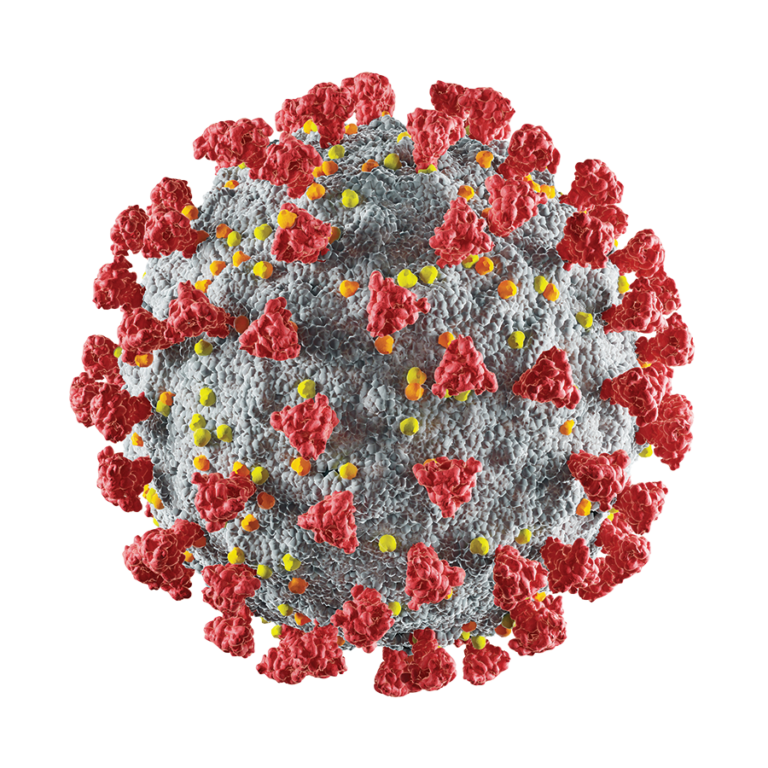When the next dangerous COVID variant emerges, Drexel researchers can be among the first to spot the signs, thanks to a computer model called GPBoost developed in the College of Engineering.
The model uses machine learning algorithms trained to identify correlations between changes in the genetic sequence of the COVID-19 virus and upticks in transmission, hospitalizations and deaths.
The program can quickly home in on the areas of the genetic sequence that are most likely to be linked to changes in the severity of the variant.
“Our model is more like an early warning system for emerging variants,” says Bahrad A. Sokhansanj, an assistant research professor who led development of the computer model. “When we get a sequence, we can make a prediction about risk of severe disease from a variant before labs run experiments with animal models or cell culture, or before enough people get sick that you can collect epidemiological data.”
Genetic and patient data from the GISAID database — the largest compendium of information on people who have been infected with the coronavirus — were used to train the algorithm.
The researchers are currently using the model to more rigorously analyze the current group of emerging variants that will become dominant after Omicron BA.4 and BA.5.


